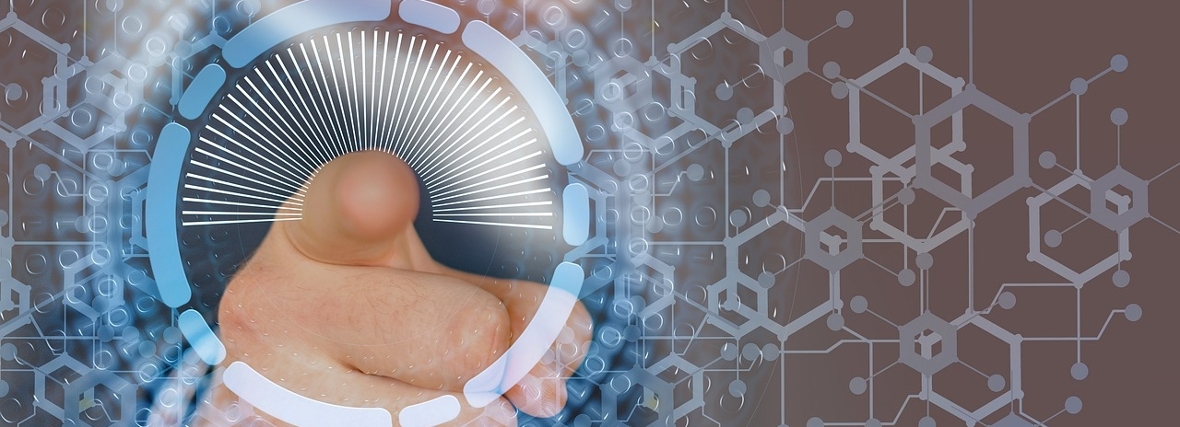
From idea to impact: making innovations usable
image: Pixabay
Innovations only achieve true success when people actually use them. PhD researcher Max van Haastrecht developed a cybersecurity app for small businesses and learned how essential it is to align technology with real-world practice.
What is better: a tool that works perfectly, or one that is less precise but actually used? To Van Haastrecht, the answer is clear: usability is key. As part of the European GEIGER project, he developed an app to help small businesses assess their cybersecurity. ‘Although these companies often pay little attention to cybersecurity, the impact of an attack can be huge, from stolen data to financial losses.’
With his background in econometrics, Van Haastrecht focused mainly on the algorithms behind the app. ‘We developed a system that combines a company’s technical infrastructure, such as devices and usage patterns, with employees’ knowledge and skills. This resulted in a clear and accurate risk overview that companies could use immediately.’
The real world is messy: incorporate that into your research
A key part of his research focused on validation: testing the app’s design in practice. ‘It’s not just about whether a design works technically, but also whether users can actually work with it,’ Van Haastrecht explains. The process requires a balance between technical tests and user feedback. ‘By listening to their experiences, we were able to further improve our design.’
‘It’s not just about whether a design works technically, but also whether users can actually work with it’
Collaborating with different stakeholders proved challenging, but also highly valuable. ‘Scientific research in a controlled environment is important, but the real world is messy. That complexity gave us insights we wouldn’t have gained otherwise.’
Beyond cybersecurity: insights also applied at Cito
Although Van Haastrecht’s research focused on cybersecurity, his insights on validation have broader applications. ‘At Cito, I now work on the quality of school exams. A test needs to be academically sound, but also practical for teachers to use. Just like with the app, it’s all about combining technical validation with user feedback. That balance is crucial.’
‘A good solution is not just about what works, but also about what people understand and accept.’ You need to carefully consider the criteria by which you evaluate a solution and be transparent about them, says Van Haastrecht. ‘Ideally, you do this in conversation with the people affected by these decisions. That way, you avoid overlooking criteria that might be important.’
‘Conversations take time, but they give back even more’
The importance of communication and collaboration was also a personal lesson for Van Haastrecht. He learned this during his two years on the University Council as well. ‘Talk to each other. People from different faculties often hardly interact. That lack of connection can lead to misunderstandings simply because the right people haven’t been consulted. In the council, I noticed that having these conversations takes time, but in the end, it actually saves time.’

PhD defense
Max van Haastrecht defended his dissertation, Transdisciplinary perspectives on validity: bridging the gap between design and implementation for technology-enhanced learning systems, on 24 January 2025 at the Academy Building. He received his doctorate cum laude. His supervisor was professor Marco Spruit.
Photo: Evert Doorn
